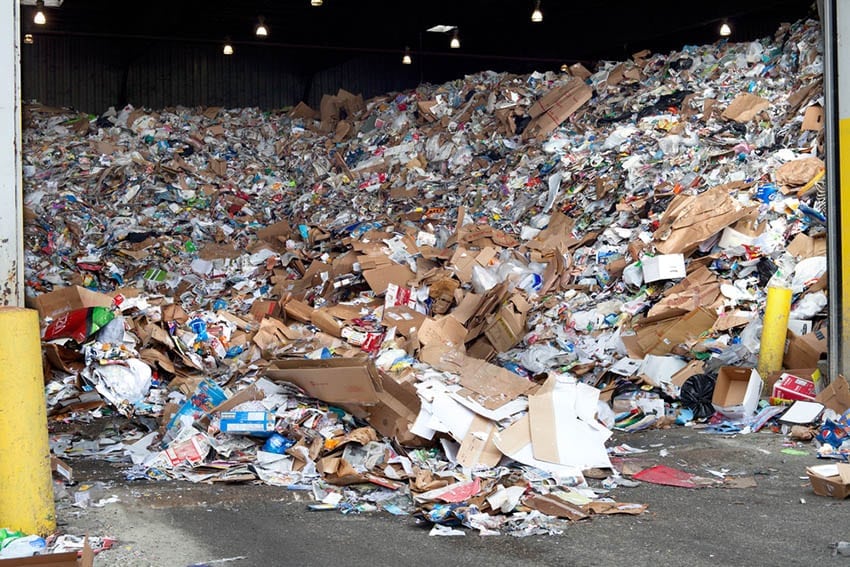
The U.S. recycling and composting rate inched up to 35.2% in the most recent EPA analysis. | Huguette Roe/Shutterstock
The national recycling and composting rate has inched above 35%, according to the U.S. EPA.
The agency this month released national waste generation and recycling data for the years 2016 and 2017. The prior data release, which occurred a year and a half ago, covered 2015.
The nation’s municipal solid waste (MSW) recycling and composting rate increased from 34.7% in 2015 to 35.2% in 2017, according to EPA data. The rate hasn’t shown much movement for a long time: It has remained around 34% or 35% since 2010.
For a number of materials – including paper and paperboard, glass, ferrous metals, aluminum, plastics, and textiles – the recycling rates decreased between 2015 and 2017. Increases were seen with other non-ferrous metals, rubber and leather, wood, other materials, food waste and yard trimmings.
The following figures cover specific materials, according to the EPA (the materials cut across durable and nondurable product categories):
EPA released the data on conjunction with America Recycles Day, which was Nov. 15. The administration also released a National Framework for Advancing the U.S. Recycling System document.
More stories about data
- Recycling facility fires expected to reach new high
- WM report suggests 2025 goal is out of reach
- Michigan hits record recycling rate, awards millions in grants